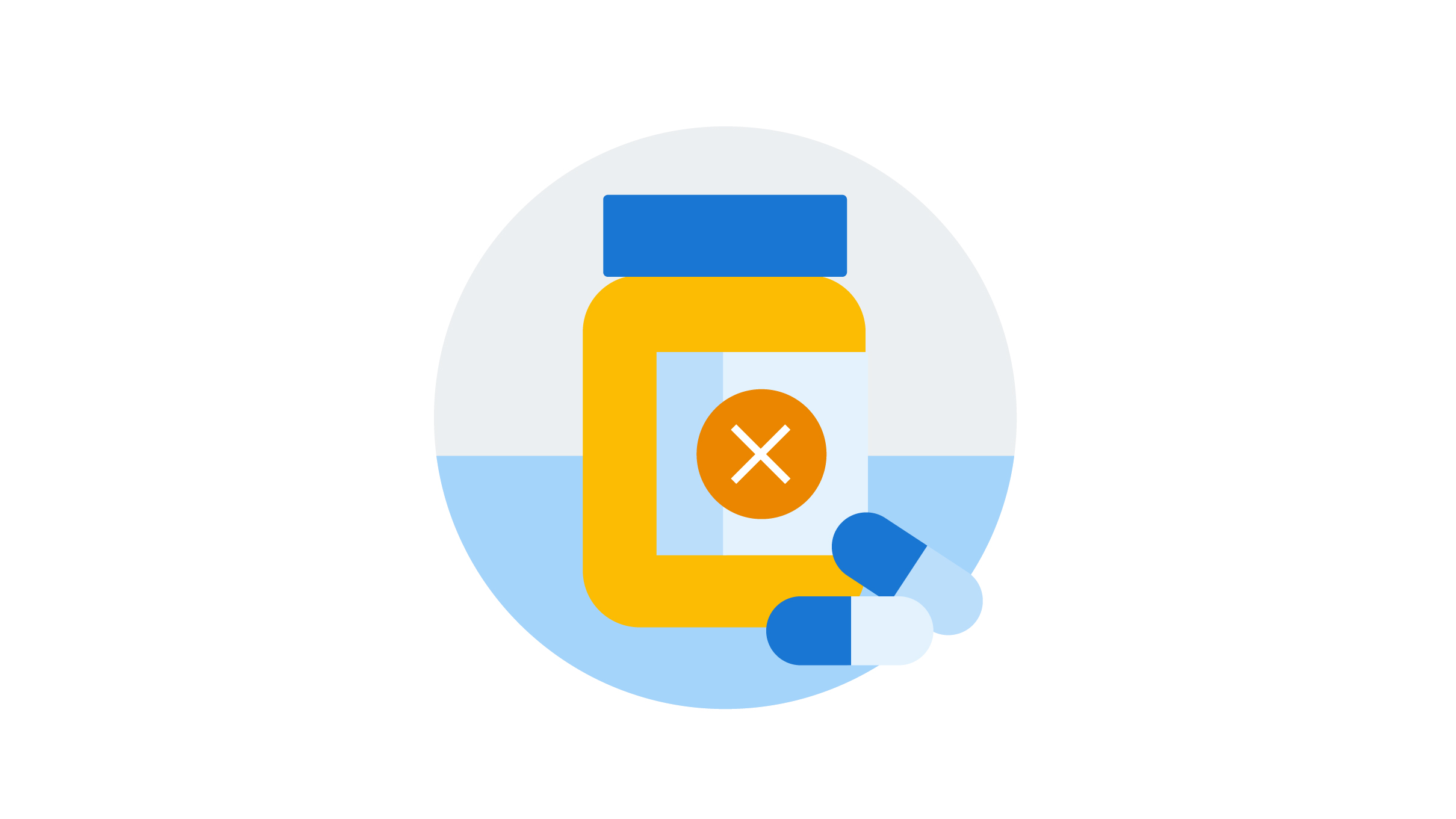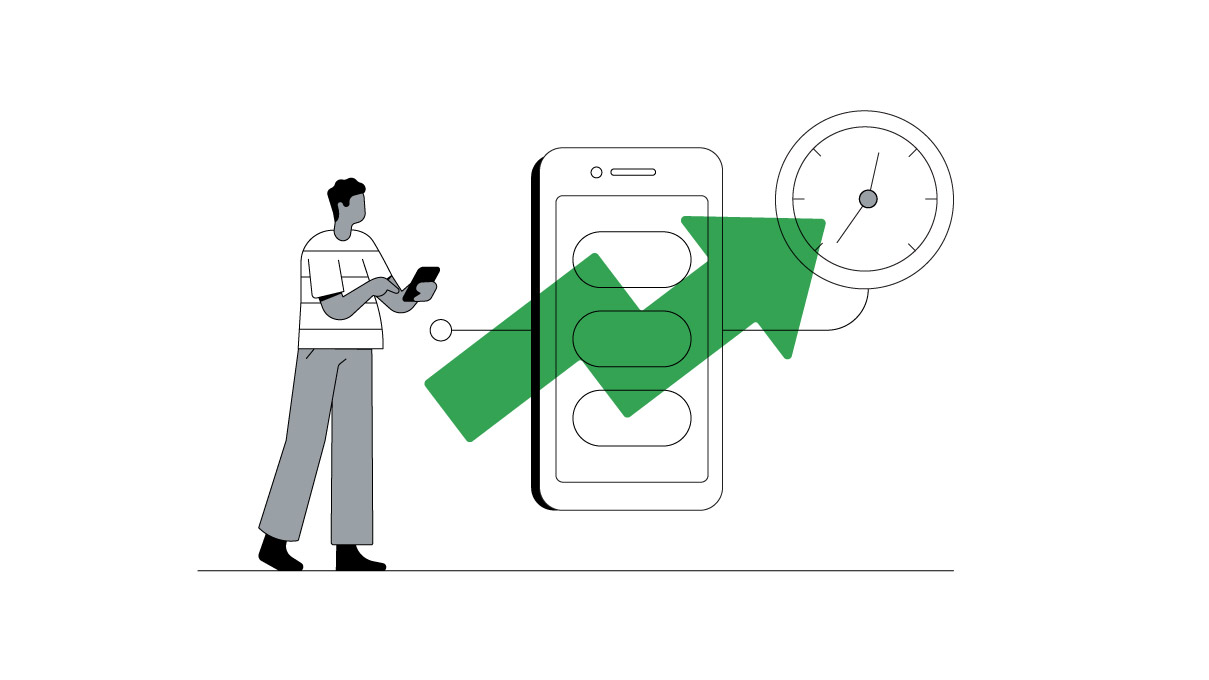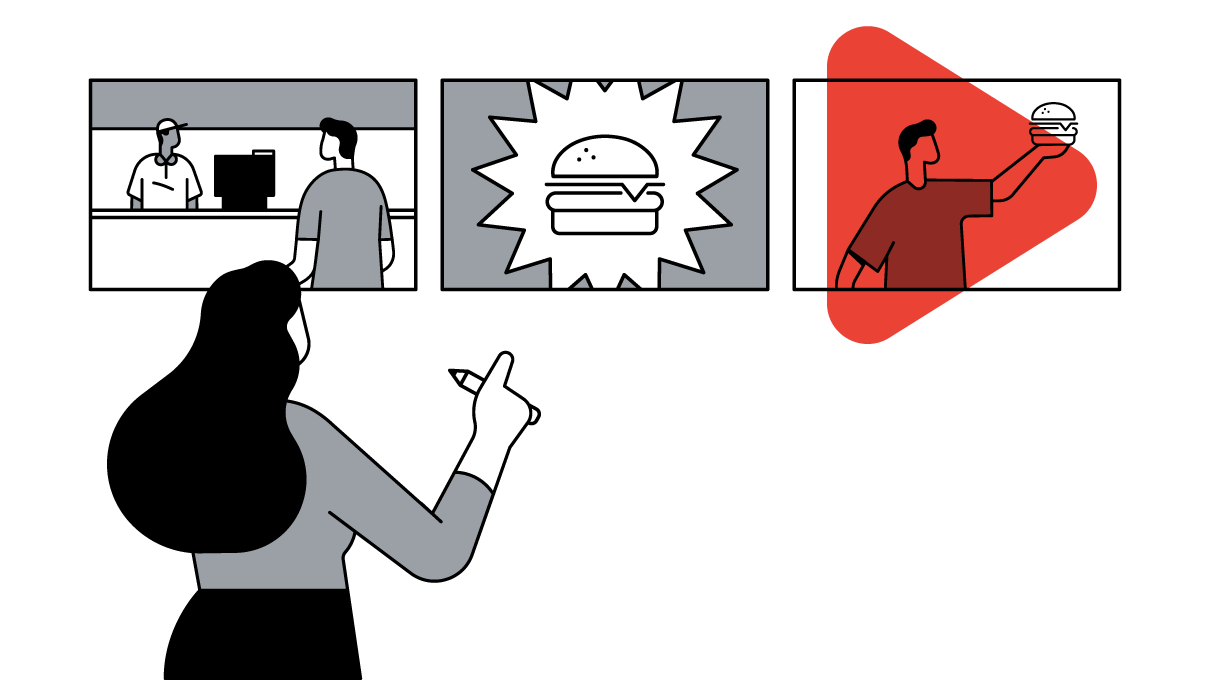Inside Google Marketing: How we drive impact around sustainability and crisis response
Published
January 2019Share this page
Inside Google Marketing: How we drive impact around sustainability and crisis response
Zharmer Hardimon, Kelly McKesten January 2019Google’s mission is to make information accessible and useful for all. As a marketing director in Google’s Brand Studio, Sherice Torres’ job is to bring that mission to life. She leads the team in driving brand programs around sustainability and crisis response, bringing Google’s values to life through campaigns, programs, and partnerships.
“Whenever I face a challenge in a campaign, at the end of the day, I really go back to it and say, ‘what would best serve our user in this moment?’ And if we craft our solution around best serving the user, we can always find our way to a solution,” said Torres.
It’s a philosophy any marketer can relate to. And that thinking has helped Torres and her team implement programs that aid in natural disaster recovery and empower people and businesses to operate more sustainably. Watch Torres explain how her team is working with experts around the world to affect change in these areas, and learn how our research helped us identify opportunities for outsized impact.
SHERICE TORRES: I love my job because every day,
I'm proud of what I do.
My team is working with experts around the world trying
to save our planet. I'm Sherice Torres.
I'm a Marketing Director at Google
working on sustainability and crisis response.
Google is uniquely positioned to give people information.
And it's our responsibility to serve the people
that our products touch.
As a marketing team, we really work
hard to empower individuals, small and medium businesses,
as well as large organizations to operate more sustainably.
We partnered with the California Academy of Sciences
because they're the experts in climate science.
We launched this incredible interactive tool called
Your Plan, Your Planet to help people
realize that small changes in their water, energy,
and food waste can make a tremendous impact
on the planet, and it gave them actionable tools.
I think that is one of the things that
makes a great campaign.
On crisis response, we focus on being there for our users
in times of man made and natural disaster.
If you're in an area directly impacted by a forest fire,
for example, when you go to the search bar,
you'll see a red bar that says SOS alert.
And it will give you specific information
about shelters that are open, roads that might be closed,
information on the ground from first responders.
What we found in our research was
that there are three phases of crisis, the before, the during,
and the after.
Seems pretty basic.
But when you're only focused on the during moment,
you miss the opportunity to have outsized impact in the areas
of preparedness and recovery.
So we decided to do a spotlight campaign on Puerto Rico
almost a year after Hurricane Maria.
We partnered with Lin-Manuel Miranda, Mercy Corps,
and the Hispanic Federation to raise over $2 million
for Hurricane Maria recovery.
Whenever I face a challenge in a campaign,
at the end of the day, I really go back to it and say,
what would best serve our user in this moment?
And if we craft our solution around best serving the user,
we can always find our way through to a solution.
Others are viewing
Marketers who view this are also viewing
-
Video
![]() Video
VideoInside Google Marketing: What we learned from the Pixel 3 launch
Watch now -
Interview
![]() Interview
InterviewInside Google Marketing: How Brand Studio brings the company’s mission to life
-
Case Study
![]() Case Study
Case StudyHow the CDC built an awareness campaign that spurred action
-
Infographic
![]() Infographic
InfographicDespite progress in big-game ads, representation doesn’t match reality
-
Article
![]() Article
ArticleOptimize your mobile site or app
-
Video
![]() Video
VideoIndustry leaders share what diversity means to them
Watch now -
Video
![]() Video
VideoWhat will marketing look like in 2030?
Watch now -
Tutorial
![]() Tutorial
TutorialUnderstanding the ABCDs of effective creative on YouTube








